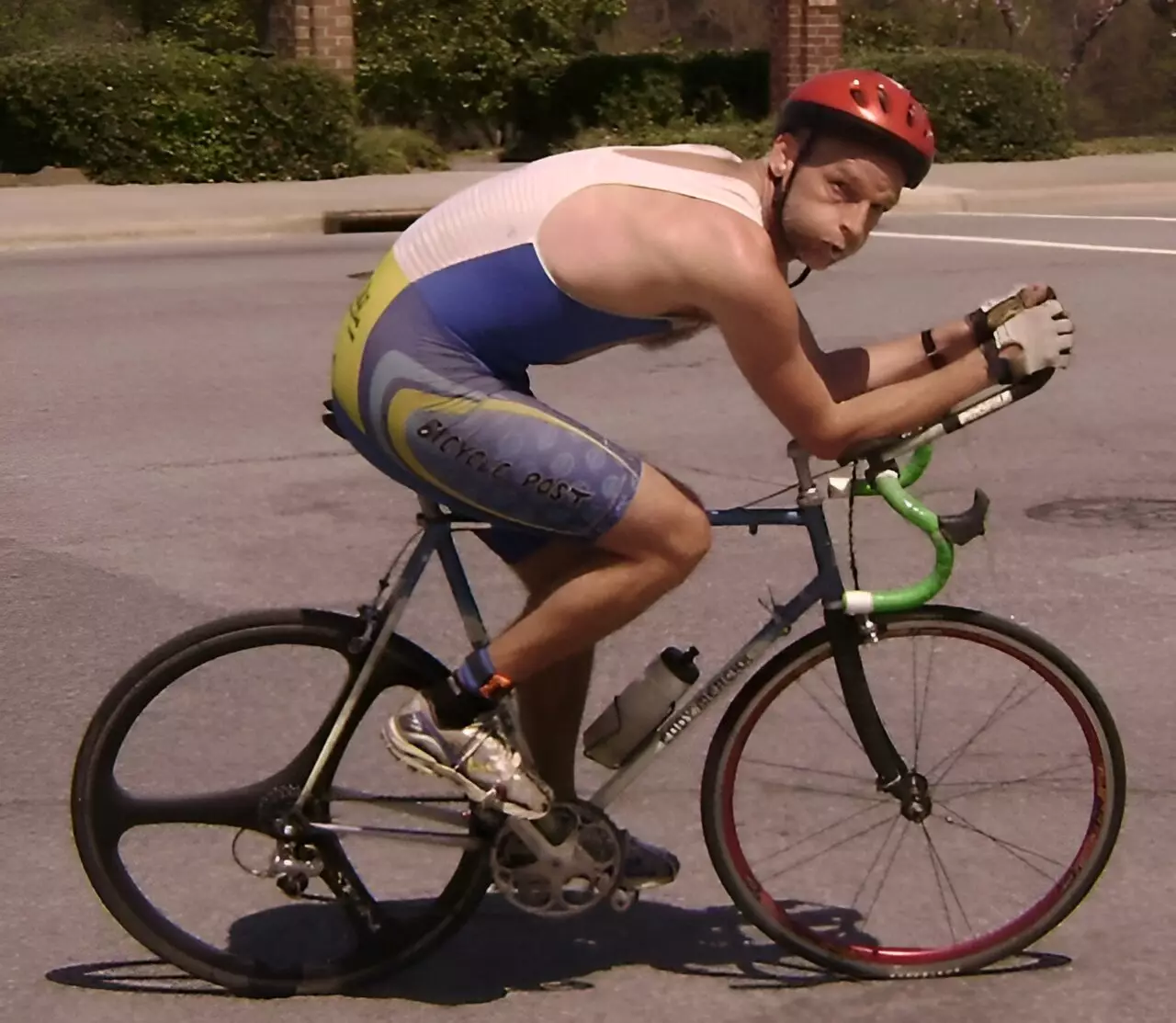The endurance challenge known as “Everesting” requires cyclists to ascend and descend a mountain until they accumulate a total height equivalent to Mount Everest—8,848 meters. This strenuous feat has gained popularity over the years among cycling aficionados who are eager to set and break records. Recently, this pursuit has led to a heated discussion on social media, primarily focused on a new record achieved under potentially favorable wind conditions. The question arose: How much does the wind impact a cyclist’s performance during such demanding climbs?
The conversation was ignited when a cyclist set a new Everesting record while riding in conditions that included a significant tailwind. While some praised the accomplishment, others scrutinized the legitimacy of the record due to the tailwind’s possible influence on both ascent and descent speeds. This sparked a multidimensional debate that delves not just into athletic prowess but the underlying physics governing the cycling discipline.
The elemental principles of physics apply uniquely to cycling, which is simpler to analyze than other sports such as running. Martin Bier, a physics professor at East Carolina University, engaged himself in this dialogue to analyze the impact of wind on cycling performance during Everesting. He highlighted key differences between cycling and running: while running involves constant acceleration and deceleration with additional vertical motion, cycling employs a rolling motion that is much smoother and more effective. This difference plays a crucial role in evaluating how different forces impact a cyclist’s performance.
Air resistance is a primary concern for cyclists. Interestingly, it escalates following the square of velocity, meaning that a small increase in speed can lead to a significant increase in the force required to overcome drag. Thus, during climbs, the effect of air resistance diminishes due to the reduced speeds cyclists experience. For instance, while an athlete may push their limits uphill, their efforts translate directly to performance improvements, especially in a race scenario where every watt of power is crucial.
The common notion might suggest that a strong tailwind would negate the uphill grind, essentially transforming the climb into a flat ride. However, Bier’s calculations indicate otherwise. While a tailwind does provide some benefits on the ascent, the majority of the cyclist’s efforts are still concentrated on overcoming gravitational forces. On descents, the situation shifts dramatically. The high speeds (approximately 80 kilometers per hour) result in substantial air resistance that ultimately diminishes the advantage gained from a tailwind. Instead of aiding the descent, the headwind often significantly hampers speed.
This multifaceted view suggests that while external conditions like wind can influence performance, they do not dictate the entire outcome of an Everesting attempt. Bier’s findings make it clear that for those aiming to improve their Everesting times, relying on favorable winds is futile. Instead, the focus should be on factors within the cyclist’s control, such as optimized body weight and increased power output.
For those passionate about conquering the Everesting challenge, Bier’s research presents vital insights. The implications are clear: there are no shortcuts or reliance on weather conditions to efficiently tackle Everesting. To genuinely enhance performance, cyclists must engage in targeted training that emphasizes building strength and increasing power generation.
Ultimately, while the debate surrounding tailwinds may capture attention, the essence of Everesting lies in the sheer determination and physical capability of the cyclist. In an age of natural conveniences and technological advancements, embracing the raw, challenging nature of such endeavors redefines what it means to achieve greatness in the realm of endurance cycling. As aspirants seek to climb to new heights—both literally and in terms of personal bests—they must remain focused on foundational training while embracing the natural elements of the ride.


Leave a Reply